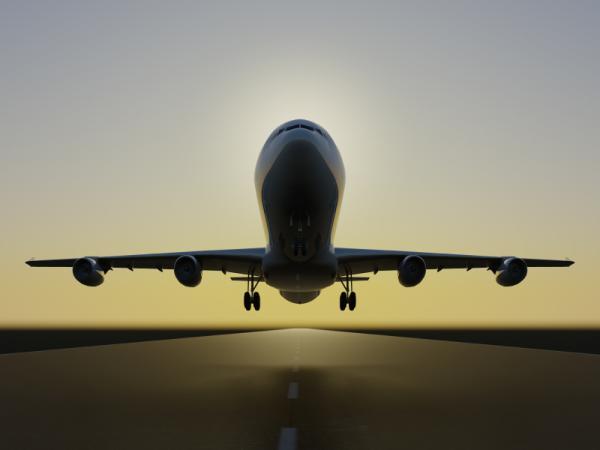The Port Authority of New York and New Jersey has recently rolled out public presentations and workshops in an expressed effort to keep communities informed of the progress of the Title 14 Code of Federal Regulations Part 150 Airport Noise Compatibility Studies for John F. Kennedy International and LaGuardia airports.
The workshops, held in an “open house” format, include guided displays that present information regarding the 14 CFR Part 150 Study process, the project schedule, noise metrics, and methods used to quantify aircraft noise exposure.
Part 150 studies involve the creation of Noise Exposure Maps and Noise Compatibility Programs. A Noise Exposure Map is designed to identify an airport’s present and future noise patterns and the land uses which are not compatible with those noise patterns, while a Noise Compatibility Program shows what measures the airport operator has taken or proposes to take to reduce, and/or prevent the introduction of, non-compatible land uses within the area covered by the airport’s NEM.
“Residents of communities in both New York and New Jersey will be kept better informed about aircraft noise issues with these enhancements to the Port Authority’s program that seek additional solutions to these longstanding concerns,” said Port Authority Deputy Executive Director Deb Gramiccioni. “We are committed to listening to the concerns of residents around these airports and will continue to look to minimize noise impacts where possible.”
Last October, Gov. Andrew Cuomo awarded the Part 150 study contract to Environmental Science Associates. According to the Port Authority, Environmental Science’s proposal was the highest rated in the agency’s competitive review of four submissions for the contract, which will run between October 2014 and August 2017 with costs estimated at approximately $8 million combined for both airports. The Port Authority is eligible for Federal Aviation Administration funding to help offset the costs and has applied for available grant money for each airport.
Mitigation efforts taken at other airports that have done Part 150 studies include revamping of flight routes and approach procedures, encouraging airlines to use quieter aircraft and installing soundproofing to eligible properties. The overall goal, according to the Port Authority, is to provide noise relief to communities where possible and practical, while ensuring the continued regional economic benefits of air travel.
In addition to the study, the Port Authority has established an Aviation Noise Office that will be staffed by a team which will be responsible for collecting and reviewing the noise data, while also responding on an enhanced basis to community complaints.
Residents of communities near JFK and LaGuardia can also track planes and flight patterns on the Port Authority’s new WebTrak system, which provides graphics identifying aircraft, decibel noise levels, altitudes, airspace location, and origin and destination airports.
This feature helps residents to better identify which planes and aircraft patterns are causing noise issues. WebTrak, already in use at some other U.S. airports, also allows individuals to log aircraft noise complaints while on the site. WebTrak is accessible at http://webtrak.bksv.com/panynj.
By Michael V. Cusenza
michael@theforumnewsgroup.com

